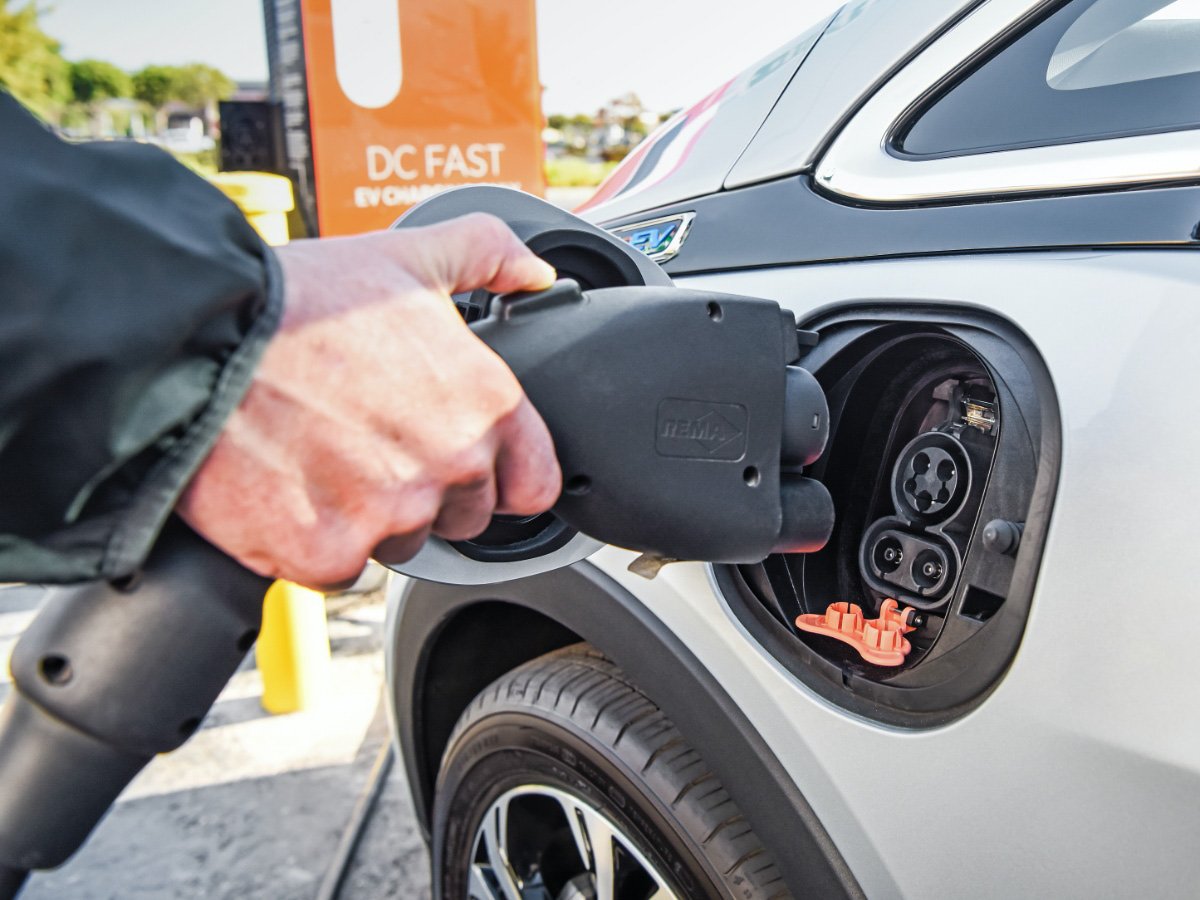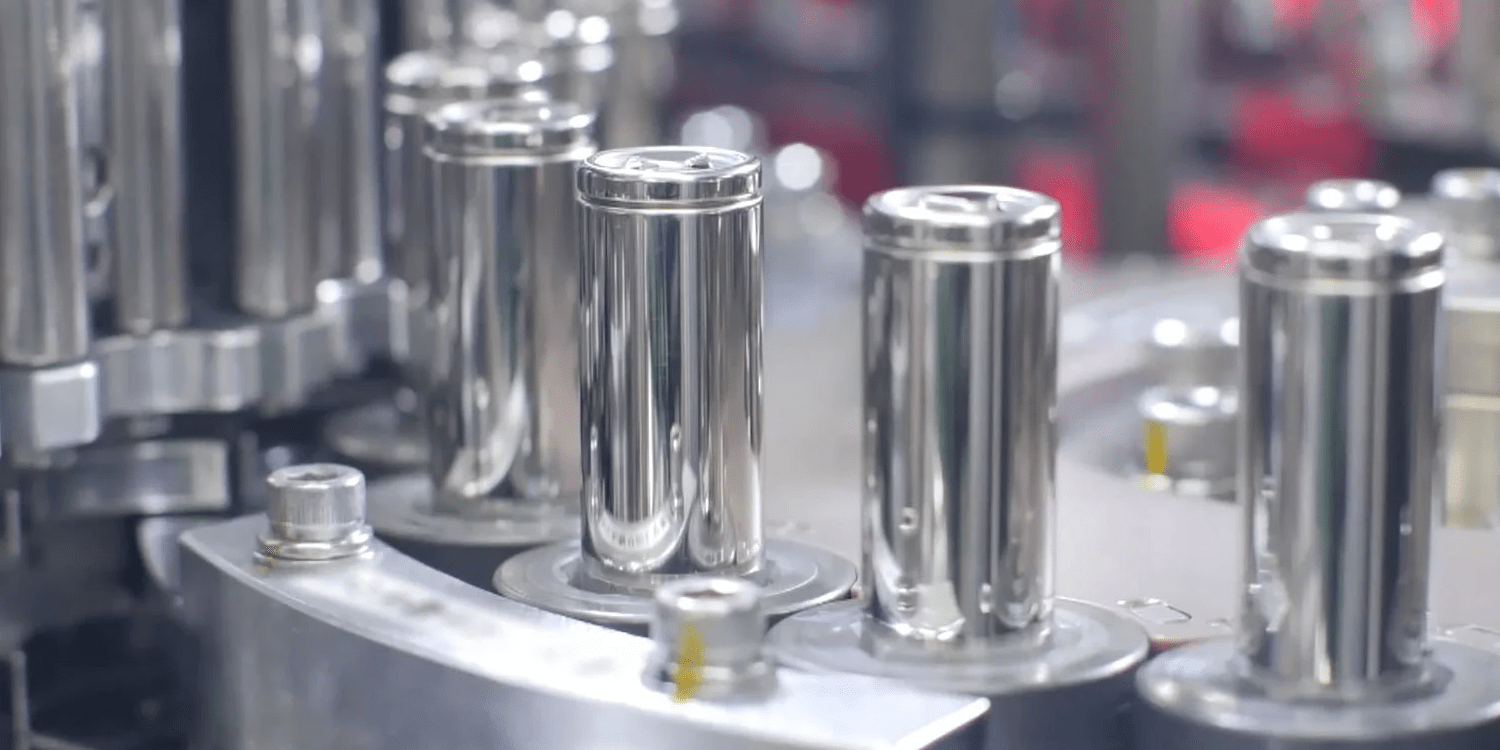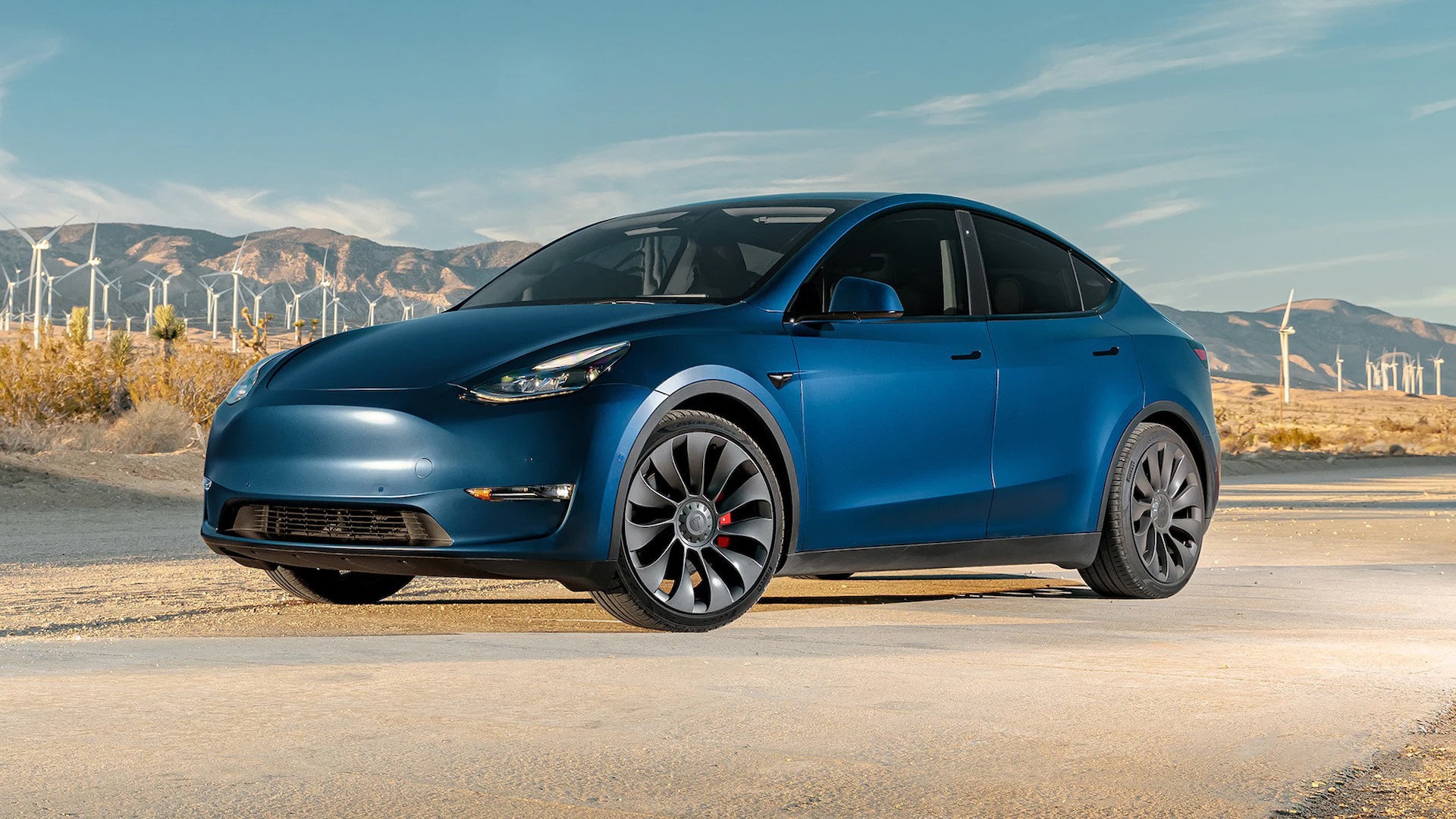The Biden Administration has unveiled the US National Blueprint for Transportation Decarbonization, which aims to eliminate all emissions from the transportation sector by 2050. The plan, which was announced by US Secretary of Energy Jennifer M. Granholm, US Secretary of Transportation Pete Buttigieg, US Secretary of Housing and Urban Development Marcia Fudge, and Environmental Protection Agency Administrator Michael S. Regan, presents an interagency framework of strategies and actions that takes a comprehensive approach to addressing the climate crisis and fulfilling President Biden’s goals of a 100% clean electrical grid by 2035 and net-zero carbon emissions by 2050.
The transportation sector, encompassing all forms of travel via land, air, and sea for transporting people and goods, is responsible for a third of greenhouse gas emissions in the US. The plan aims to advance and implement clean energy options like electric vehicles, hydrogen, and sustainable fuels, and also construct the necessary infrastructure for clean transportation, which will generate employment opportunities and enhance the country’s energy autonomy. The plan highlights the adoption of zero-emission vehicles and fuels as the most effective means to reduce carbon emissions in the sector, including all modes of transportation for people and goods by land, air and sea.
The Biden Administration has made clean hydrogen a focus as part of their efforts to combat climate change. They have identified opportunities for hydrogen in long-haul heavy trucks, rail, and maritime transportation, and believe that building out clean hydrogen infrastructure is crucial. They envision that zero-emission vehicles, such as hydrogen fuel cell electric vehicles, will be used for both passenger and freight transportation.
The Administration has referenced the Department of Energy’s National Clean Hydrogen Strategy and Roadmap, released in draft form in September 2022, as a key plan for their federal hydrogen economy plans. The Administration is committed to achieving Net Zero emissions by 2050 and reducing economy-wide greenhouse gas emissions by 50-52% by 2030, and has allocated billions of dollars in investments towards clean infrastructure and energy through legislation such as the Bipartisan Infrastructure Law (BIL) and the Inflation Reduction Act (IRA).
The blueprint outlines a comprehensive plan for reducing carbon emissions in transportation, divided into three timeframes:
- Near-term (through 2030): Maximizing the impact of existing investments, setting targets for all modes of travel, collaborating with international partners on shipping and aviation standards, and investing in clean technology development.
- Mid-term (2030-2040): Scaling the implementation of clean solutions.
- Long-term (2040-2050): Replacing legacy vehicles with zero-emission vehicles and ensuring an equitable and sustainable transition.
Additional, more specific action plans for decarbonization will be released in the future.







